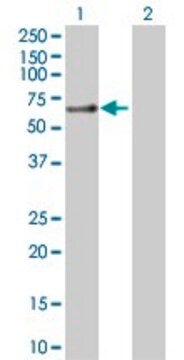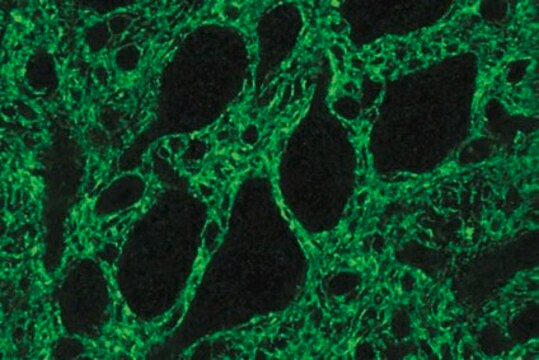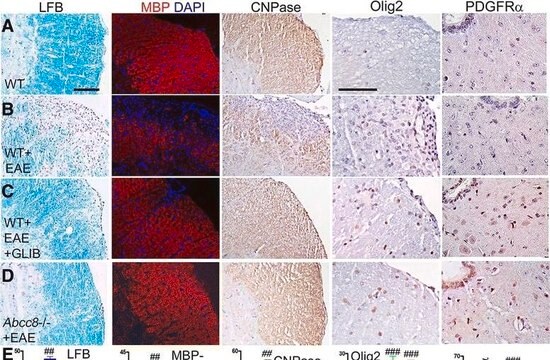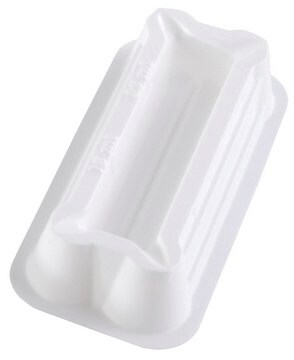MABN794
Anti-GLAST Antibody, clone 8C11.1
clone 8C11.1, from mouse
Synonim(y):
Excitatory amino acid transporter 1, Sodium-dependent glutamate/aspartate transporter 1, GLAST-1, Solute carrier family 1 member 3, GLAST
About This Item
Polecane produkty
pochodzenie biologiczne
mouse
Poziom jakości
forma przeciwciała
purified antibody
rodzaj przeciwciała
primary antibodies
klon
8C11.1, monoclonal
reaktywność gatunkowa
human, rat
metody
immunohistochemistry: suitable (paraffin)
western blot: suitable
izotyp
IgG1λ
numer dostępu NCBI
numer dostępu UniProt
Warunki transportu
wet ice
docelowa modyfikacja potranslacyjna
unmodified
informacje o genach
human ... SLC1A3(6507)
Opis ogólny
Specyficzność
Immunogen
Zastosowanie
Neuroscience
Developmental Signaling
Jakość
Western Blotting Analysis: 1.0 µg/mL of this antibody detected GLAST in 200 µg of human brain tissue lysate.
Opis wartości docelowych
Postać fizyczna
Przechowywanie i stabilność
Inne uwagi
Oświadczenie o zrzeczeniu się odpowiedzialności
Not finding the right product?
Try our Narzędzie selektora produktów.
Kod klasy składowania
12 - Non Combustible Liquids
Klasa zagrożenia wodnego (WGK)
WGK 1
Temperatura zapłonu (°F)
Not applicable
Temperatura zapłonu (°C)
Not applicable
Certyfikaty analizy (CoA)
Poszukaj Certyfikaty analizy (CoA), wpisując numer partii/serii produktów. Numery serii i partii można znaleźć na etykiecie produktu po słowach „seria” lub „partia”.
Masz już ten produkt?
Dokumenty związane z niedawno zakupionymi produktami zostały zamieszczone w Bibliotece dokumentów.
Nasz zespół naukowców ma doświadczenie we wszystkich obszarach badań, w tym w naukach przyrodniczych, materiałoznawstwie, syntezie chemicznej, chromatografii, analityce i wielu innych dziedzinach.
Skontaktuj się z zespołem ds. pomocy technicznej








